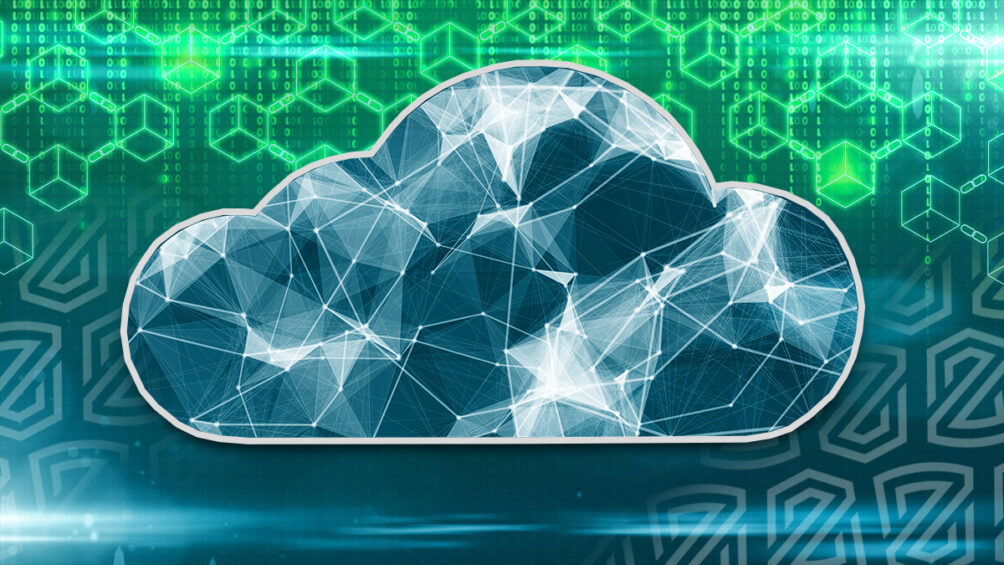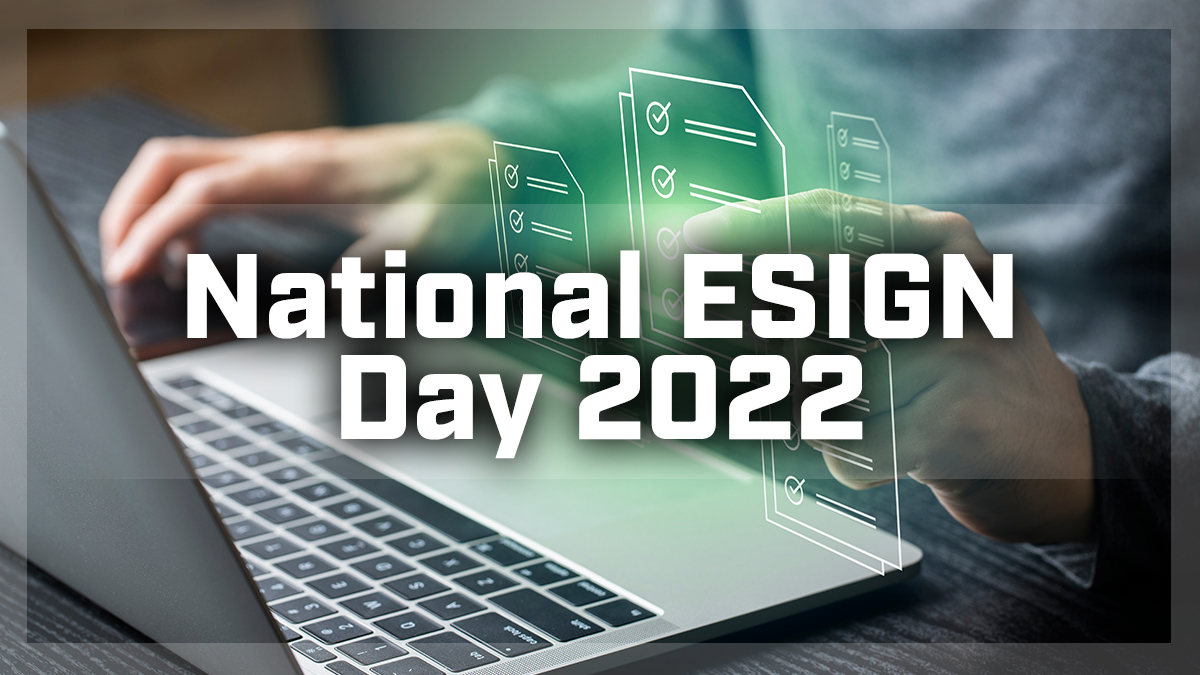
What is IDaaS?
Identity-as-a-service (IDaaS) is any cloud-based identity management solution that enables organizations to securely authenticate and manage the identities of their users. IDaaS solutions can be used to manage a wide range of identities, including employees, customers, partners, and devices.
At a basic level, all IDaaS platforms are created to enhance online user experiences, secure access to critical enterprise applications, and reduce IT resource-related expenses with efficient identity and access management (IAM) and privileged access management (PAM).
“Sound identity management is essential,” writes Mark Diodati at Gartner. “Without good IAM, you are at real risk for data breaches and denial of service attacks. And IAM is hard to get right.”
The overarching goal of IDaaS solutions is to ensure users are who they claim to be—and to give users access to applications, data, systems, or other digital resources as authorized by their organizations.
“Some of the pros associated with IDaaS offerings include the ability to consume rather than host IAM and offloading some of the management overhead associated with IAM to an external provider,” writes Chris Hughes for CSO. “Other benefits include feature-rich offerings that make your IAM implementations more robust and secure in many cases. Most IDaaS providers offer native and integrated capabilities such as single sign-on (SSO) and multi-factor authentication (MFA).”
With this introduction, let’s look at how blockchain technology can help to improve and support IDaaS.
Blockchain and Decentralized Identifiers (DID)
One of the most well-known applications of blockchain technology in IDaaS is in the realm of decentralized identity (DID). A DID is a digital identity that is owned and controlled by the individual, rather than a central authority.
“Decentralized identifiers are stored on distributed ledgers (blockchains) or peer-to-peer networks,” explains Ethereum.org. ”This makes DIDs globally unique, resolvable with high availability, and cryptographically verifiable. A decentralized identifier can be associated with different entities, including people, organizations, or government institutions.”
Since DIDs are stored on the blockchain, they are more secure, transparent, and auditable. They also have the potential to enable individuals to have more control over their personal information and to reduce the risk of identity theft, ensuring peace of mind when it comes to the security of their personal data.
Blockchain and Identity Verification
Another area where blockchain technology supports IDaaS is in the realm of identity verification. Identity verification ensures that the individual claiming a particular identity is actually who they say they are. It is a very important, if not the most important, aspect of digital identities, especially as identity theft “frequency has sky-rockets in the past few years,” according to the National Council on Identity Theft Protection. “Nearly half of all U.S. citizens became a victim of some form of identity theft in 2020.”
Blockchain technology, however, can help to improve the accuracy and efficiency of identity verification by providing a tamper-proof record of activities and transactions. It can also help in developing new identity management systems with digital identity frameworks featuring decentralized identifiers.
Accenture, a global consultancy, has defined five immediate areas where blockchain-based digital identity management brings strong benefits:
- Secure and seamless travel, even across international borders
- Healthcare records that can be easily shared and managed by individual patients
- Background checks and training records for educational and professional credentials
- Streamline know-your-customer (KYC) processes across organizations
- Validate proof of ownership or insurance of physical or digital assets
Blockchain Security Elevates IDaaS Data Security
Blockchain has the power to improve IDaaS’s solution’s data security by bringing the decentralized, cryptographically secured blockchain data architecture to identity management. An estimated 81% of hacking-related breaches leveraging either stolen and/or weak passwords, putting even IDaaS solutions at risk—however, blockchain technologies can help IDaaS solutions to eliminate one of the most glaring gaps in cybersecurity, as distributed ledger technologies (DLTs such as blockchain) provide two means of preventing and/or ameliorating the threat of ransomware attacks: First, by decentralizing the data set itself; and second, by giving endpoints a quick path to recovery, even if they are themselves breached and access ransomed.
For example, unlike centralized databases—which can be breached at unsecure endpoints (users and devices) or even at MSPs hosting them, giving attackers complete control once they gain central access—blockchain technology distributes data across geographically separate nodes. By decentralizing data storage, blockchain effectively prevents any one endpoint (even if compromised) from gaining control of the full data set. This distributed nature so defeats any attack seeking to breach a system and holistically encrypt the data files stored therein: A single endpoint node might be breached and its files held for ransom, but the larger data set cannot be controlled by any one endpoint (or central authority) and so attackers cannot capture the full data set for encryption, ransom, and shutting down the network.
Further, each endpoint node (or user) has a unique encryption key to access and write to the distributed ledger. If any one of those endpoints is successfully attacked (presumedly compromising their access key), the blockchain can simply remove distributed ledger access for that compromised key, issue the endpoint a new key, and allow that endpoint to quickly regain distributed ledger access (effectively as a new endpoint).
This unique recovery process maroons any ransomware on the endpoint it attacked—ending its access and threat—while allowing the endpoint to re-engage the larger data set: With a new key and without needing to pay any ransom to the attackers for restored access.
The Perfect Pair United on ZorroSign’s Platform
Blockchain technology has the potential to support IDaaS in many ways: It can provide a secure, decentralized database, and enable faster, more efficient, and heightened secure identity management. It can also help to reduce the risk of fraud and errors and provide a more transparent and auditable record of all identity-related activities across IDaaS solutions.
ZorroSign unites both blockchain architecture with IDaaS capabilities to help your organization better manage identity access and elevate data security!
Contact us to learn more about our data security platform built on blockchain and put us to the test: Start your free trial of ZorroSign’s data security platform today.
